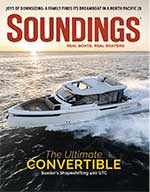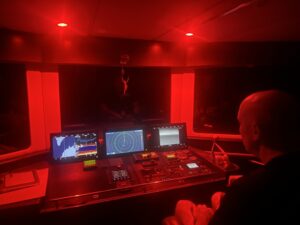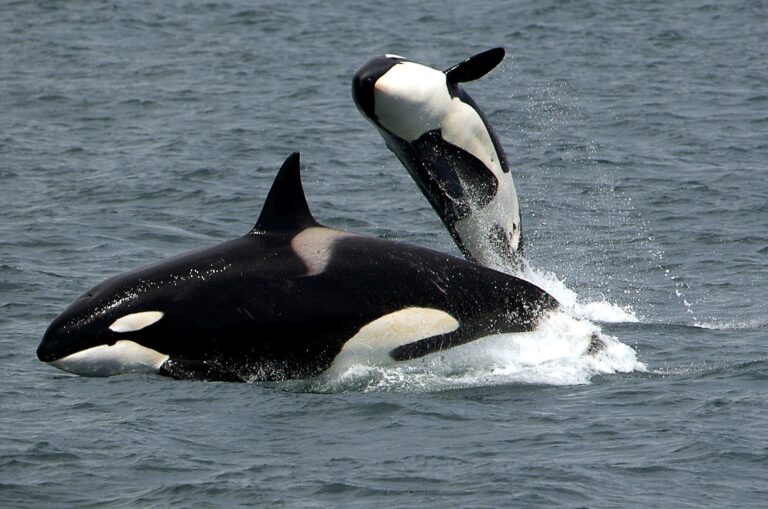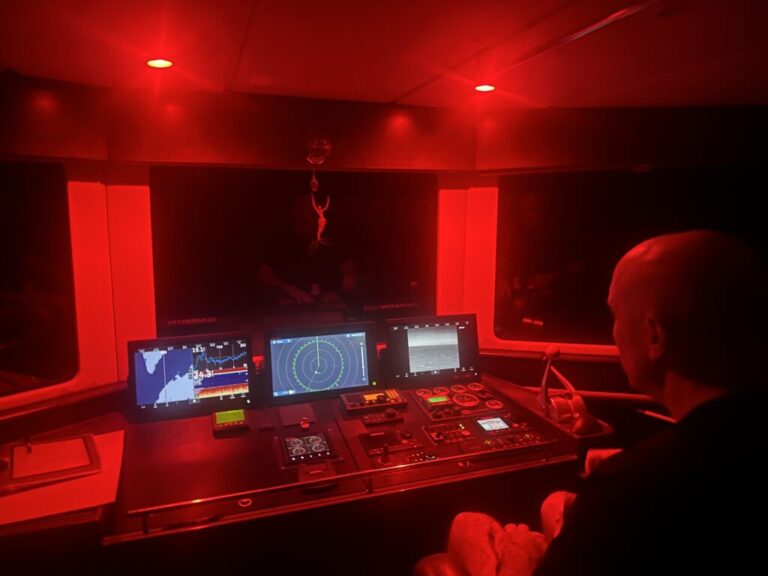As the days grow ever so slightly longer and warmer in Chesapeake country, anglers begin to feel an itch. For most, the thing that needs scratching is the trophy striped bass season, which kicks off in Maryland waters in mid-April. But tuned-in anglers know that some great spawning runs heat up two months earlier, in mid-February. These fisheries are a solid excuse to tune up your casting and get a potent dose of the perfect cabin fever medicine.

The primary smaller species that spawn between mid-February and late April on Chesapeake Bay tributaries are yellow perch, white perch and hickory shad. Early in February these species are at various stages of moving into a handful of the Bay’s tributaries with one thing on their minds: romantic encounters with the opposite sex. Yellow perch are generally first to move into the upper reaches of these tributaries, usually during the last two weeks of February into the first week of March. White perch are always right behind them. Hickory shad move into a different set of tributaries later in March and often spawn well into early May.
Take a Hike
Like many Chesapeake fishermen, I like to access these fish from land, as the best spots tend to be on shallow upstream stretches that folks can easily walk to with a short hike. No need to dewinterize the boat — hop in the car and go.
The best runs of yellow and white perch happen on the upper reaches of the Choptank, Wye, Chester, Sassafras, Bohemia, Elk and North East rivers, as well as on the Susquehanna Flats. There are smaller runs on Western Shore tributaries, such as the Magothy, Severn and South rivers, but they are generally not as strong as the Eastern Shore runs.
I’ll get into an awful lot of trouble with my fishing buddies for mentioning super-specific yellow and white perch holes, but you can’t go wrong by exploring the Wye East River below Wye Mills Community Lake (part of Wye Oak State Park) or Tuckahoe Creek anywhere inside Tuckahoe State Park downstream from the dam at Lake Tuckahoe. They’re well-known and easy to find with a quick Google Maps search.
The North East and Elk rivers and the Susquehanna Flats have state park access and are good areas to target if you want to launch your boat. Before you set a line, make sure you have a valid Maryland non-tidal fishing license and are aware of current creel limits, which are available at eregulations.com.
Rigging Up
Gearing up to catch spawning yellow or white perch is easy. A lot of folks use lightweight 1/32-ounce feathered jigs in a variety of colors cast on an ultralight spinning rig across the current and worked very slowly with a light jigging motion. Others use light jig heads with curly-tail grub soft plastics on weighted dropper rigs, or rigs baited with bloodworms or other live baits.
My favorite technique is one I learned from my friend Shawn Kimbro, whose book Chesapeake Light Tackle is an essential companion to Bay fishing. Kimbro uses an ultralight spinning outfit with a 1/32-ounce feathered jig, but he has a few tricks up his sleeve.
The night before fishing he cuts small strips of red felt and soaks them in oil of anise. When it’s time to rig up at the creek, he attaches the felt to the jig hook and ties the feathered jig to a 2-foot section of 5- to 7-pound monofilament or fluorocarbon, which is then joined to the braided main line. A simple red and white bobber is attached anywhere from 2 to 4 feet up from the jig, adjusted for the depths. Cast the rig across the current and gently twitch it as you reel, watching the bobber for any changes in movement. Anytime the bobber behaves differently, set the hook.
Fly anglers looking to get in on the yellow and white perch action can use a 4- to 6-weight outfit with a short (2 feet or less) sink-tip fly line terminated with a 5-foot length of 4X tippet. A simple red and yellow marabou streamer fly tied on a 4X long No. 8 hook is deadly on perch. Cast across stream and retrieve slowly with short strips to entice a bite.
Freshwater Tarpon
After the perch runs, anglers can switch gears toward targeting hickory shad, a hard-fighting fish that leaps like a tarpon when hooked. Hickory shad, along with the larger but less abundant American shad, run all over the Bay but are easiest to catch in select locations from the Potomac River up to the Susquehanna. Hit the run on the right day, and you can catch shad until your arms ache.
There are runs of hickory shad on the Roanoke River and other tributaries in North Carolina, as well as in the upper reaches of the James and York rivers, but the best places to fish for them on Chesapeake Bay are Deer Creek off the Susquehanna River (as well as a couple of other Susquehanna tributaries below Conowingo Dam), and the Potomac River at Fletcher’s Cove in the nation’s capital. These aren’t eating fish, though shad were a staple of Colonial menus, especially their roe. Today the fishery is catch and release by law, so everything you land must be released back into the water. It’s all about the fun of hooking and playing them.
There’s some good news about the hickory shad fishery. Most locations where you can find them are generally well-known, so I won’t get in trouble for sharing them with you. The bad news is that finding a beat on these popular streams at the peak of the run can be aggravating. I often arrive at the most popular spots well before dawn, wading out with my LED headlamp to claim a beat and then waiting for first light to start casting.
Hickory shad seem to bite best in low-light situations — before sunrise and an hour or two after it, as well as an hour or two before sunset and on overcast days. That being said, hickories are generally easy to catch when they are willing, and they will surprise you with their strength and stamina.
Light-tackle spinning anglers will want to target hickories with brightly colored 1/8- to 1/16-ounce shad darts, which are widely available at local and online tackle stores. These weighted, feathered jigs are often cast across-stream and lightly jigged as the current carries the lure downstream. Once the line has straightened out downstream, give the dart a few light pulls — this is when most hickories are caught on spinning rods.
The majority of folks who wade into these cold streams are fly fishermen. My go-to fly setup for hickories is a 4-weight rod with a 2-foot sink-tip fly line and a 4-foot length of 4X tippet on the end. I tie on a red and yellow marabou streamer fly that’s crafted on a No. 8 long-shank hook with gold tinsel wrapped around the shank back to the bend.
Cast the fly directly across the current, allow the line to belly out (no mending) and wait for the take. Experienced fly anglers know to let the fly drift in the current once the line has straightened out. Lots of hickories hit as the line’s belly is straightening, but plenty of hickories will hit a fly that’s holding steady in the current, too.
Though the weather in February, March and early April can be temperamental and sometimes too cold for fishing, there are often stretches that are tranquil and warm enough to wet a line. When you get out there, you’ll find runs of yellow and white perch and hickory shad waiting to entertain.
This article originally appeared in the March 2017 issue.










